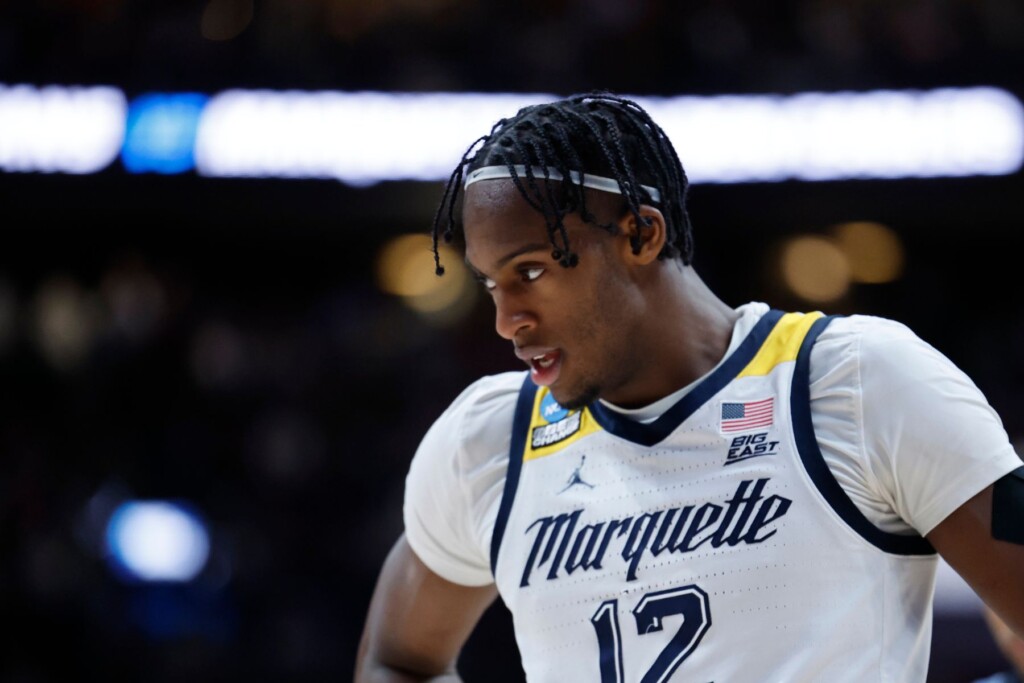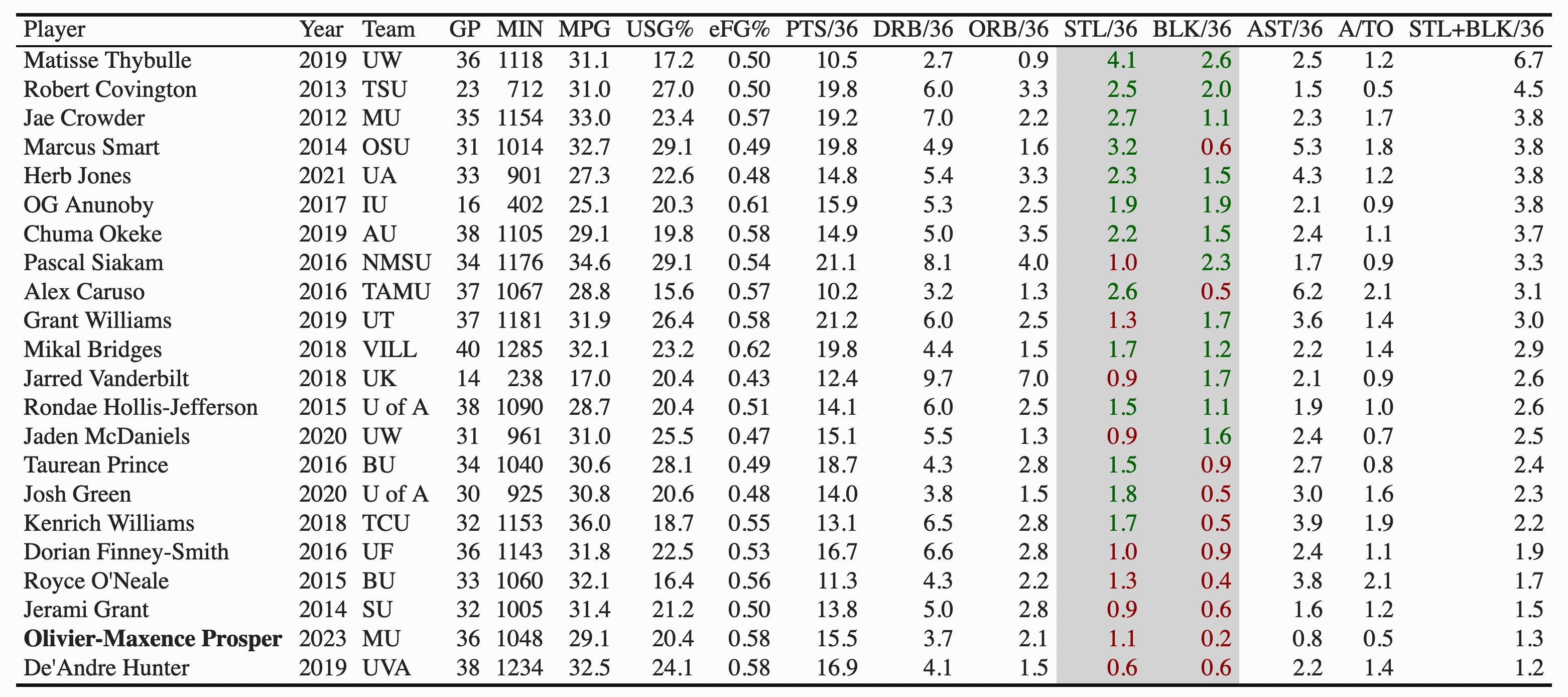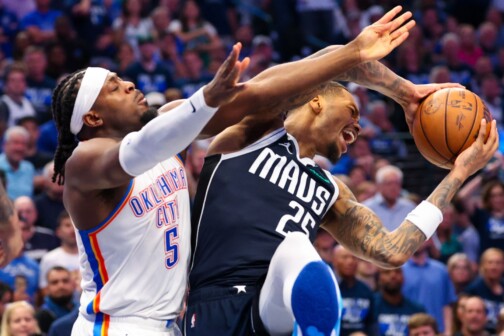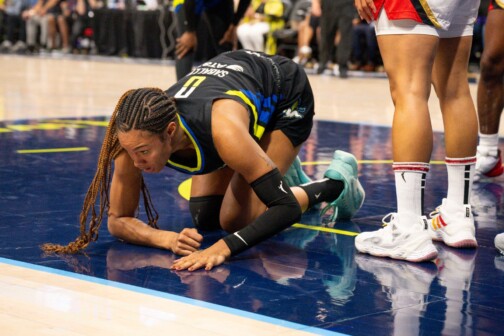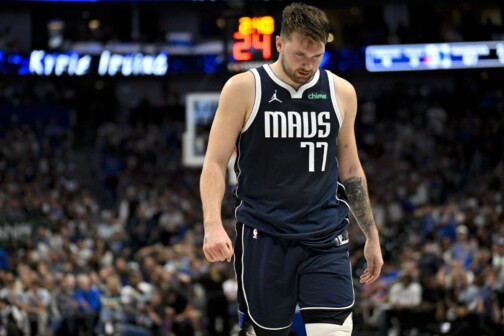If there is such a thing as a quiet period on the NBA calendar, the end of July might be it. As the dust settles after free agency and the NBA Summer League, this is the time when executives, fans, and media alike can take a brief pause to contemplate the work that’s been done thus far.
In the Mavericks’ case, that means addressing issues that were obvious to anybody who watched the team last season. We’ve covered them in detail here at StrongSide: adding size to help handle glaring rebounding deficiencies and surrounding Luka Doncic with an elite defender(s) for the first time in his Mavericks tenure.
Did they take care of all of that?
I love the Grant Williams signing. As a high-IQ stretch big, the 24-year-old brings much-needed toughness and a defensive mindset. Williams will fill the gap left by Dorian Finney-Smith’s departure as the ultimate role player, one who is unafraid of taking a big shot in crunch time. But he is more adept at defending opposing bigs and stronger wings than Finney-Smith was. That should alleviate the heavy load on Maxi Kleber, ensuring he stays fresh to close games next to him on the floor.
But while Williams will undoubtedly provide defensive assistance, he falls short of being an elite, game-changing defender. (Matisse Thybulle was the closest the Mavs came to acquiring one, but Portland matched their qualifying offer.) Taking a closer look at the revamped Mavericks’ rotation, it becomes evident that only three of the top nine players currently stand out as above-average defenders: Williams, Kleber, and Josh Green.
And, as a 6-foot-6 power forward, Williams might inadvertently contribute to Dallas’ size and rebounding issues instead of helping solve them. The same applies to two other key offseason additions: Seth Curry, who joins the ranks of smallish guards alongside Irving, Jaden Hardy, and Tim Hardaway Jr.; and Richaun Holmes, an undersized center at 6-foot-10.
So you can see, then, why the front office will continue its efforts to add talent from outside the organization before training camp opens in September. But that isn’t to say the current roster is hopeless. Far from it. As it stands now, the solution to the team’s pressing need for size and length (and the eventual possibility of the Mavericks’ first All-Defense selection in more than a decade) comes from two rookies that, to my surprise, the team chose and kept in the June NBA Draft.
Dereck Lively II, a mobile 7-foot-1 big with a 7-foot-7 wingspan, and Olivier-Maxence Prosper, an energetic 6-foot-8 wing with a 7-1 wingspan, are intriguing enough to make you ponder whether they could be the answers to all of the questions plaguing this team. The Mavericks only heightened those expectations by openly comparing Lively to Tyson Chandler, a former Defensive Player of the Year winner, and Prosper to Marcus Smart, another recipient of the prestigious trophy named for Hakeem Olajuwon.
So, could the rookies provide what the team is lacking? And if so, how soon?
I started contemplating those questions—and began crunching numbers—right after the Mavericks made their draft selections. (In Lively’s case, that process actually began before the draft, as he was part of my pre-draft analysis comparing certain prospects’ college numbers to current NBA defensive stalwarts.) With a focus on stats that highlight exceptional defensive ability and athleticism—such as per-36-minute blocks, steals, and offensive rebounds—I analyzed more than 15 years of historical NCAA data. These metrics won’t provide a complete measure of defensive prowess, but they still serve as a valuable indicator because the standout players tend to shine through.
The other key focus was how these numbers translate from college to NBA, and what happens once we add other data points, like recent Summer League play.
To answer all of that, I’ve run several multiple linear regression models using NBA, NCAA and Summer League data.
Without diving too deep into geeky statistical talk, I found that past performance serves as a reliable predictor for stats reflecting athleticism and explosiveness, such as blocks, steals, and rebounding. That’s not as much the case for scoring, shooting percentages, minutes, and other role-dependent stats. (The Summer League data further reinforces the NCAA data instead of contradicts it.) In the case of the Mavericks rookies, it helps home in on signs of that potential greatness the team sees in them.
Let’s start with Lively, whose path to success feels more straightforward. With his agility and mobility, he should excel as a disruptive rim protector while also being a vertical lob threat on the other end.
There is no doubt about former Duke Blue Devil’s athleticism; he had several eye-popping plays in Summer League, from alley-oop lobs and putback dunks to blocks. The data back that up, too. During Lively’s one year at Duke, his block and offensive rebound rates were above average even relative to other elite college basketball rim protectors we’ve seen in recent seasons.
Lively only recorded three blocked shots in five Summer League games, but I’d defer to the larger, more positive NCAA sample here. He also disrupted several others at the rim, and showcased his elite athletic ability and motor by collecting 16 offensive boards in 117 minutes (4.9 per 36 minutes).
He is comfortable switching on the perimeter, has the physical tools to defend in different types of coverages, and is a good communicator. On offense, he showed good hands and catch radius on lobs. He is a fast decision-maker and a good passer out of the short roll. There’s a lot to like here.
But he also gets bullied under the rim and on the defensive glass and is very raw offensively, as exemplified by the lowest usage rate during his college tenure among all players in my study. Then there are the issues that come with most 19-year-old big men: he struggled with fouling and at the free-throw line, and he didn’t make a shot beyond seven feet in Summer League. He’ll need time to develop both his game and body, so I don’t see him break the 20-minute per game mark in his rookie year. Which is fine, only a few of the bigs in my analysis did. (Even if our Austin Ngaruiya might have a thing or two to say about all of this.)
I wouldn’t go as far as declaring him the next Tyson Chandler just yet, but Lively seems to have a great attitude and his development during his freshman season showed he is a fast learner, so I don’t think he’ll be the next Willie Cauley-Stein—his closest NCAA statistical comparison— either.
Prosper, better known as O-Max, was much more challenging to evaluate. By that I don’t mean his upside as a solid starter, but rather one who becomes an all-defense-caliber player. It is a very steep climb to become a bigger Marcus Smart (Mavs assistant Jared Dudley’s description) or OG Anunoby (the most popular MFFL comparison in my short poll). Based on what the data and film are telling me, I don’t think Prosper will be that disruptive as a defender.
I say this because of his collegiate defensive stats—or lack thereof. Throughout his three collegiate seasons at Clemson and Marquette, Prosper managed only 12 blocks in nearly 2,000 minutes of play, a shockingly low number considering his size and wingspan. In comparison to the other players I evaluated, his block rate was notably the lowest. Moreover, his steal rate did not stand out when compared to players we see in all-defense discussions.
Prosper’s Summer League performance did not bolster his below-average NCAA-based projections in my model. Insead, it was more of the same, as he managed to record just one block and four steals across five games in Las Vegas. I didn’t witness any defensive athletic plays that would jump off the charts the way I did with Lively.
On the flip side, the Montreal native plays hard all the time, shows great effort navigating around screens, and can switch one through four due to his size and length. He is physical and can move his feet well, though I wouldn’t categorize him as having elite lateral quickness or agility. He’s got that rare combo of playing with high energy yet staying under control, so what he lacks in ceiling, he’ll make up for as a reliable defender with a high floor.
Surprisingly, O-Max’s standout moments came on the offensive end, where he displayed the ability to attack downhill and finish on drives in both directions even when defended by a competent defender like fellow rookie Jerrace Walker, the eighth-overall pick by the Indiana Pacers. He showed even more juice by finishing a coast-to-coast drive with a dunk against the Hawks, and punishing a smaller defender on a post-up against the Pacers. Prosper also made a couple of nice passes out of the pick-and-roll, a good sign considering his collegiate assist rate was another area of concern (Prosper ranked at the very bottom of my comparison list).
Prosper will need to continue developing as a spot-up shooter to earn meaningful rotation minutes next season. He made only four of his 17 threes in Summer League, and in his last collegiate season, he converted at a rate of 34 percent. The good news is my models indicate that NCAA and Summer League three-point volume is a more reliable predictor than three-point accuracy, and Prosper didn’t hesitate to keep shooting even after missing initial attempts. If Prosper’s shooting eventually comes through, he has the potential to become a versatile two-way player, which is an exciting prospect for Mavericks’ fans accustomed to watching specialized role players with limited skills.
Contrary to most predictions, the Mavericks’ front office made a bold move by investing in two young prospects during the June draft. A team seemingly bereft of young talent just a year ago now features four exciting players aged 22 or younger in Lively, Prosper, Green, and Hardy.
Maybe the recent level of parity in the NBA—and the NBA’s new collective bargaining agreement, which commissioner Adam Silver confirmed was designed to maintain it—led the Mavericks’ decision-makers to adopt a long-term approach to team building while remaining optimistic that they can be competitive in the short term thanks to the star pairing of Doncic and Irving.
But in the bigger picture, the two rookies could go a long way toward determining if Dallas grow into a serious contender. Just because today’s team isn’t the biggest, longest, or most defensively stout doesn’t mean tomorrow’s can’t be.
Author



